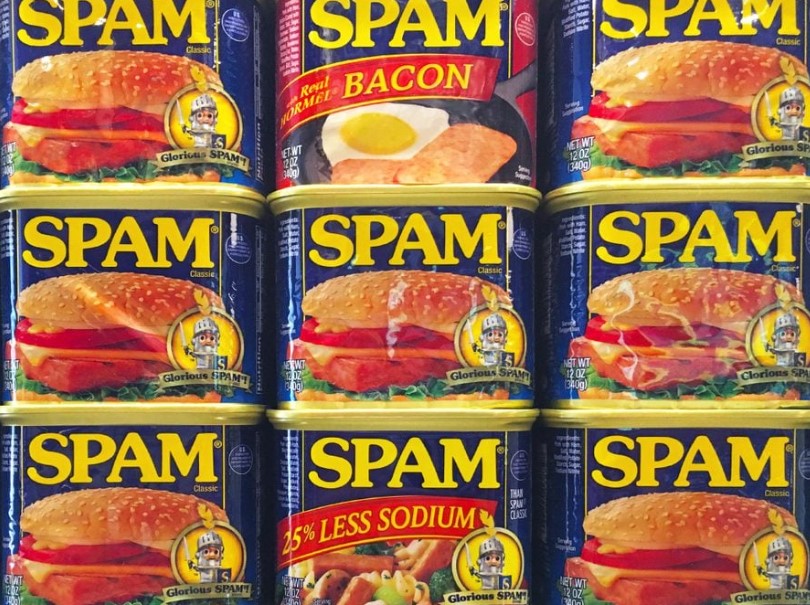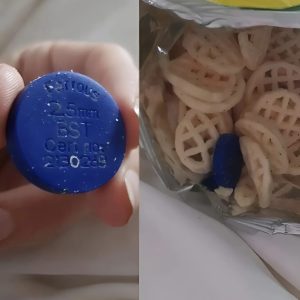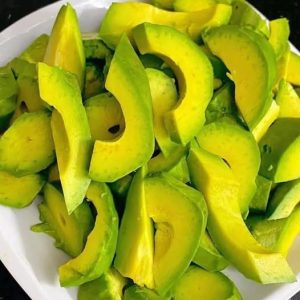Have you ever wondered what exactly goes into that iconic canned meat called SPAM? Well, you’re not alone! SPAM has been a pantry staple for decades, and its unique taste and versatility have made it a beloved ingredient in many households. So, let’s dive into the world of SPAM and uncover its secrets.
SPAM, created in 1937 by the manufacturer Hormel Foods, has become a household name around the world. But what does SPAM actually stand for? Surprisingly, the true meaning behind the name remains a mystery. Some speculate that it stands for “Shoulder of Pork And Ham,” while others suggest it could mean “Specially Processed American Meat.” The truth is, we don’t know exactly how the name was chosen, adding an air of intrigue to this beloved canned meat.
SPAM comes in various flavors and varieties, catering to different taste preferences. From the classic original SPAM to flavors like Hickory Smoke, Hot & Spicy, and even SPAM with Cheese, there’s a SPAM for every palate. SPAM contains 6 simple ingredients: pork with ham, salt, water, potato starch, sugar, and sodium nitrite.

Now, let’s talk about sodium nitrite for a moment. This ingredient often raises questions and concerns, as it is commonly used as a preservative in processed meats. Sodium nitrite helps inhibit the growth of bacteria and prevents spoilage, ensuring that the SPAM stays fresh and safe to consume for an extended period. Some people prefer to limit their sodium intake.
Interestingly, the name “SPAM” itself holds a story of its own. It was suggested by Ken Daigneau, a successful actor and the brother of a Hormel Foods executive. Ken came up with the name during a naming contest held by Hormel Foods. He won a prize of $100 for his contribution, which was a significant sum back in the late 1930s. Little did Ken know that his suggestion would become a household name and an enduring part of popular culture.

SPAM has transcended its humble origins to become more than just a canned meat. It has become a cultural phenomenon, inspiring creative recipes, catchy songs, and even theatrical performances. Its versatility allows it to be fried, baked, grilled, or simply enjoyed straight out of the can. From breakfast scrambles and sandwiches to pizza toppings and sushi fillings, SPAM knows no culinary boundaries.
SPAM, created in 1937 in Austin, Minnesota, by Hormel Foods, remains a culinary icon and a source of fascination. While we may not know the exact origins of its name, we do know that SPAM is made from a combination of pork with ham and a few other ingredients. Whether you love it or haven’t yet tried it, SPAM continues to captivate taste buds and spark culinary creativity around the world. So, the next time you come across that unmistakable blue and yellow can, don’t hesitate to give SPAM a chance – you might just discover a new favorite ingredient in your kitchen!





